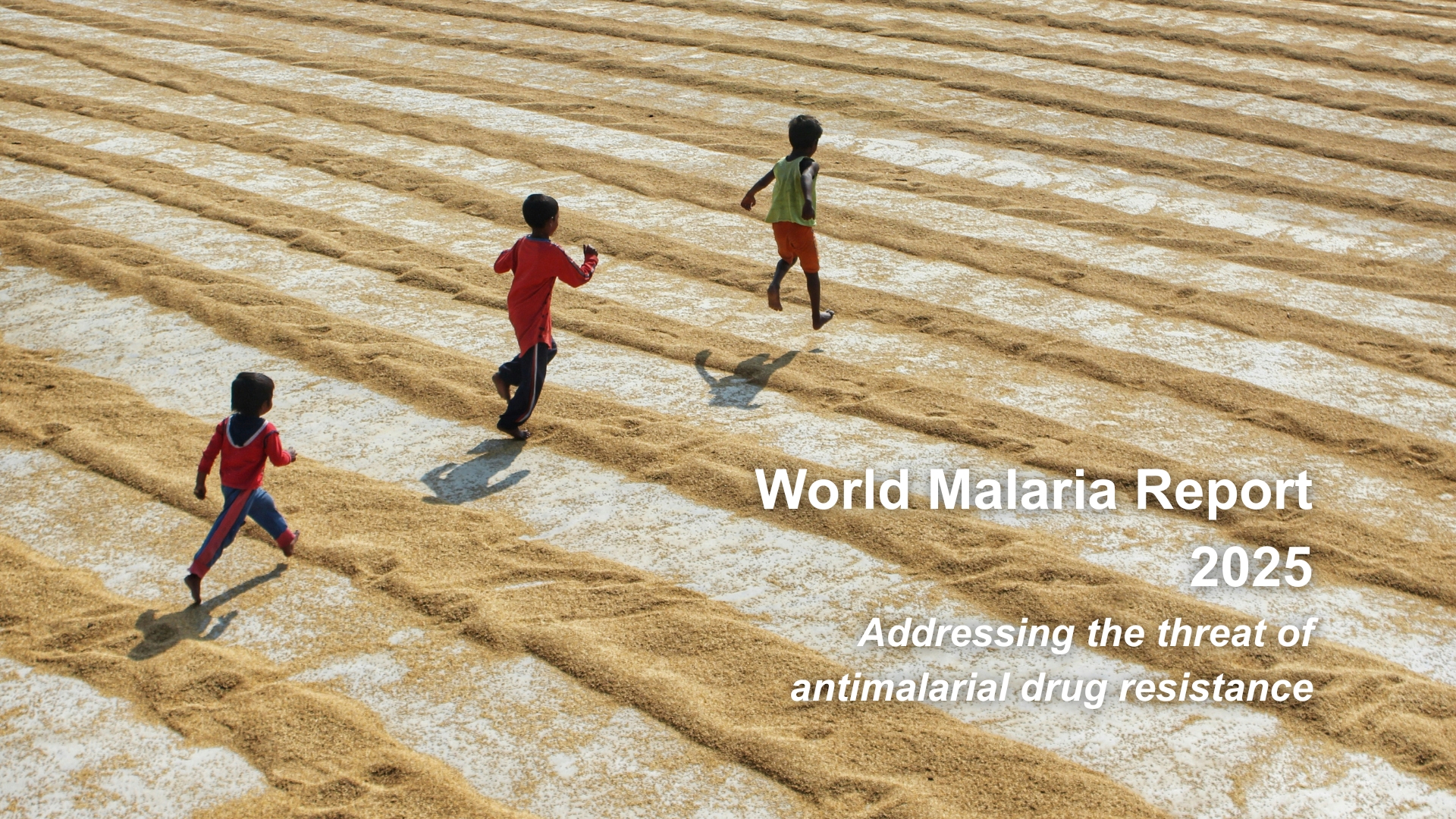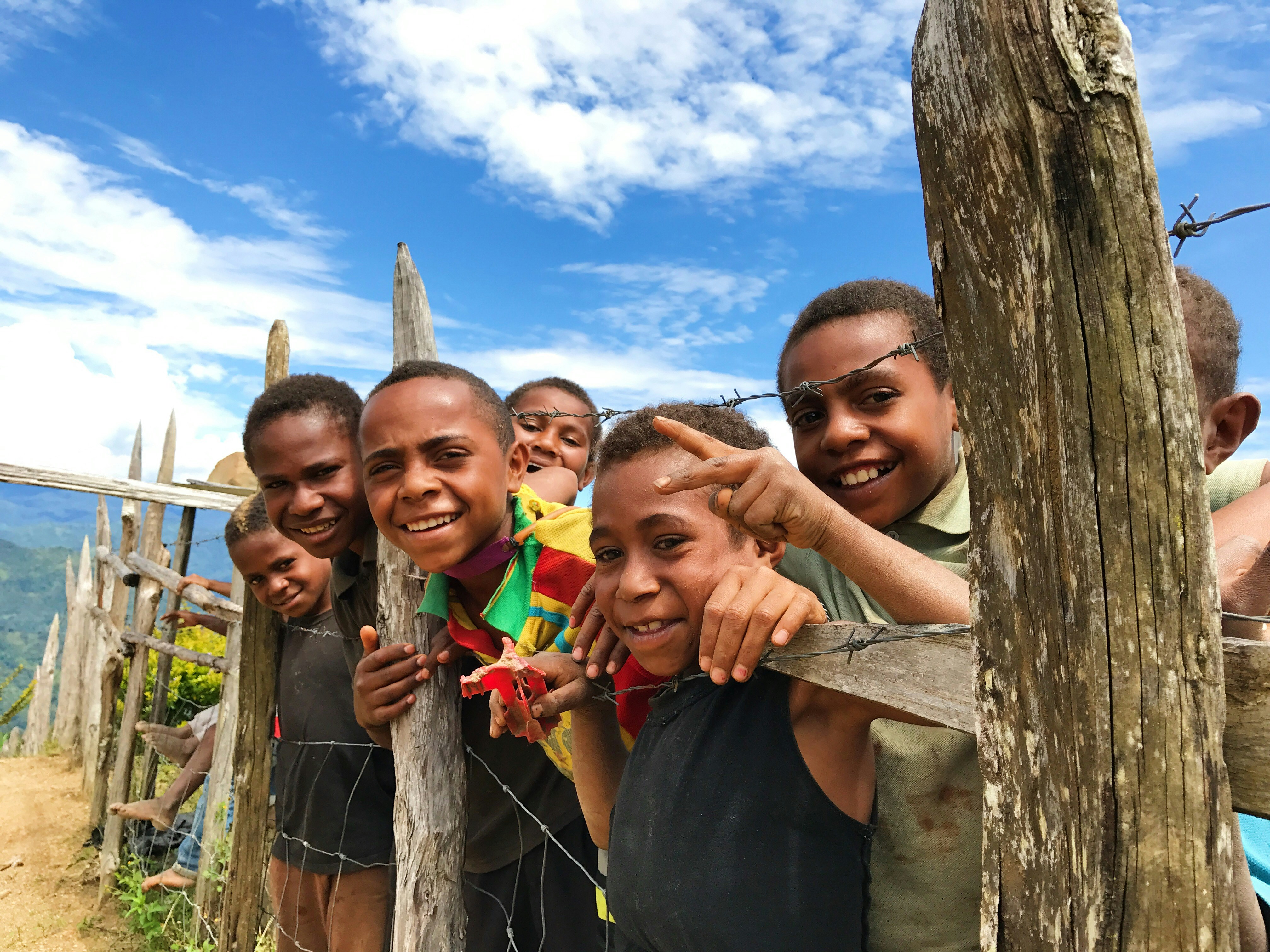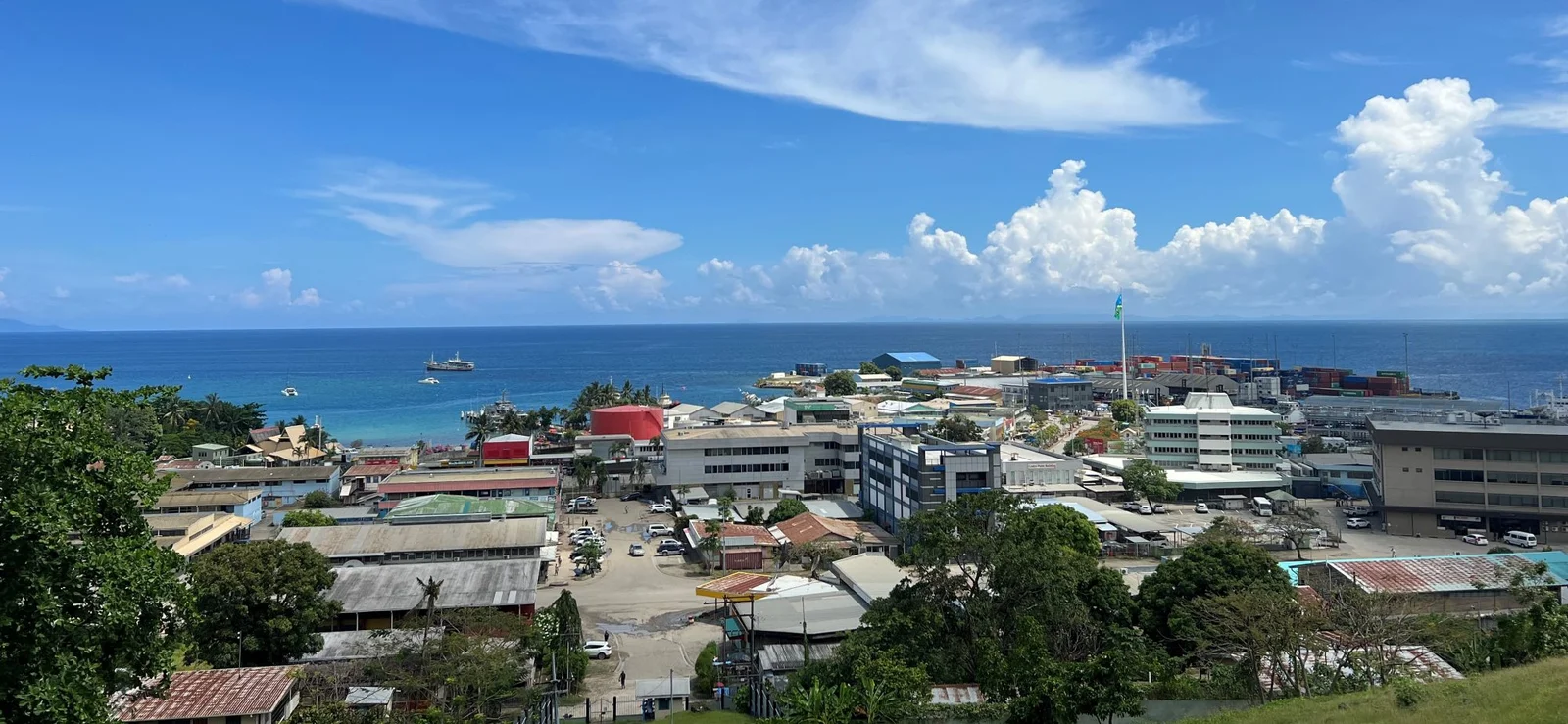
There is a better world I see without malaria – where clean water flows freely for no one to thirst again, where every child sleeps safely under a mosquito net, and where no one suffers from preventable diseases. It is a world we can surely have, if we work towards it together.
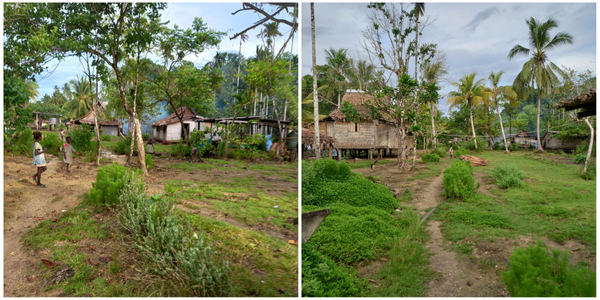
There is a kind of serenity in Solomon Islands that is almost reminiscent of paradise. Situated in the south-west Pacific, the archipelago sees slow balmy days, glistening turquoise waters and vibrant biodiversity across its hundreds of islands.
Yet, despite the idyllic beauty that surrounds it, the reality remains confronting. Over the last decade, malaria has risen sharply, leaving almost the entire population at risk of the disease.
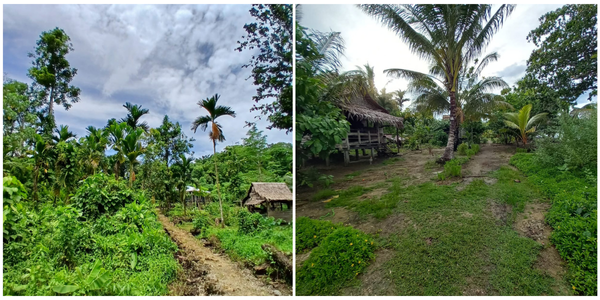
When 24-year-old Miriam Vilaka contracted malaria twice this year, it started off seemingly innocuous. What she initially thought was a fever became an ordeal of unbearable body aches and uncontrollable shivering through the night. “I remember wondering, when will this end?” she shares.
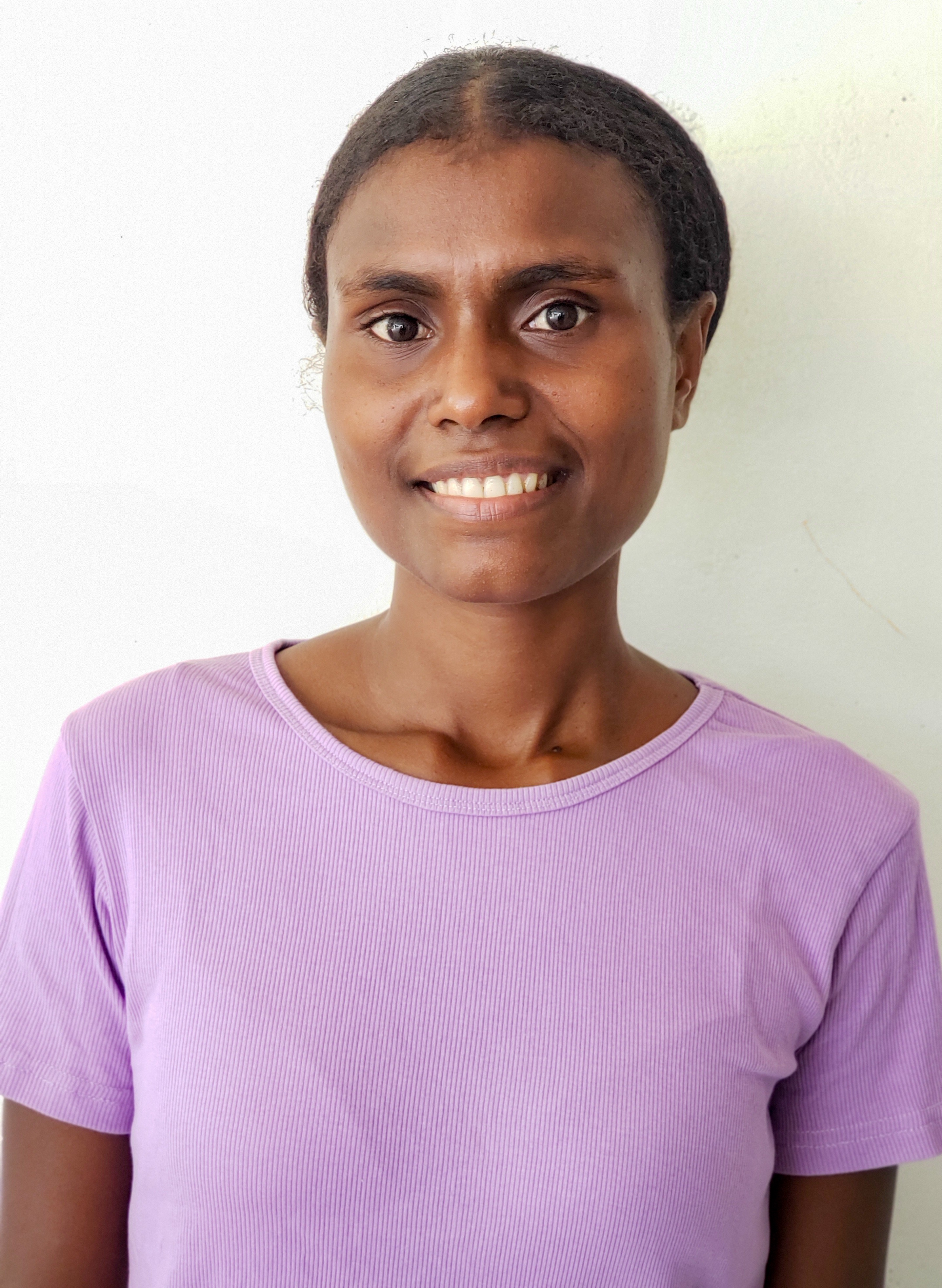
Currently living in East Honiara in the Western Province, Miriam manages a full routine as a student of Early Childhood Education at the University of the South Pacific while supporting her family with daily chores and caring for younger siblings. Despite a busy life, she finds fulfilment in the everyday, emerging stronger after surviving malaria twice.
Others might not be so lucky. Malaria, if left untreated, can turn severe and sometimes deadly. Symptoms range from mild to life-threatening, including fever, chills and headache – or more severely – difficulty breathing and seizures.
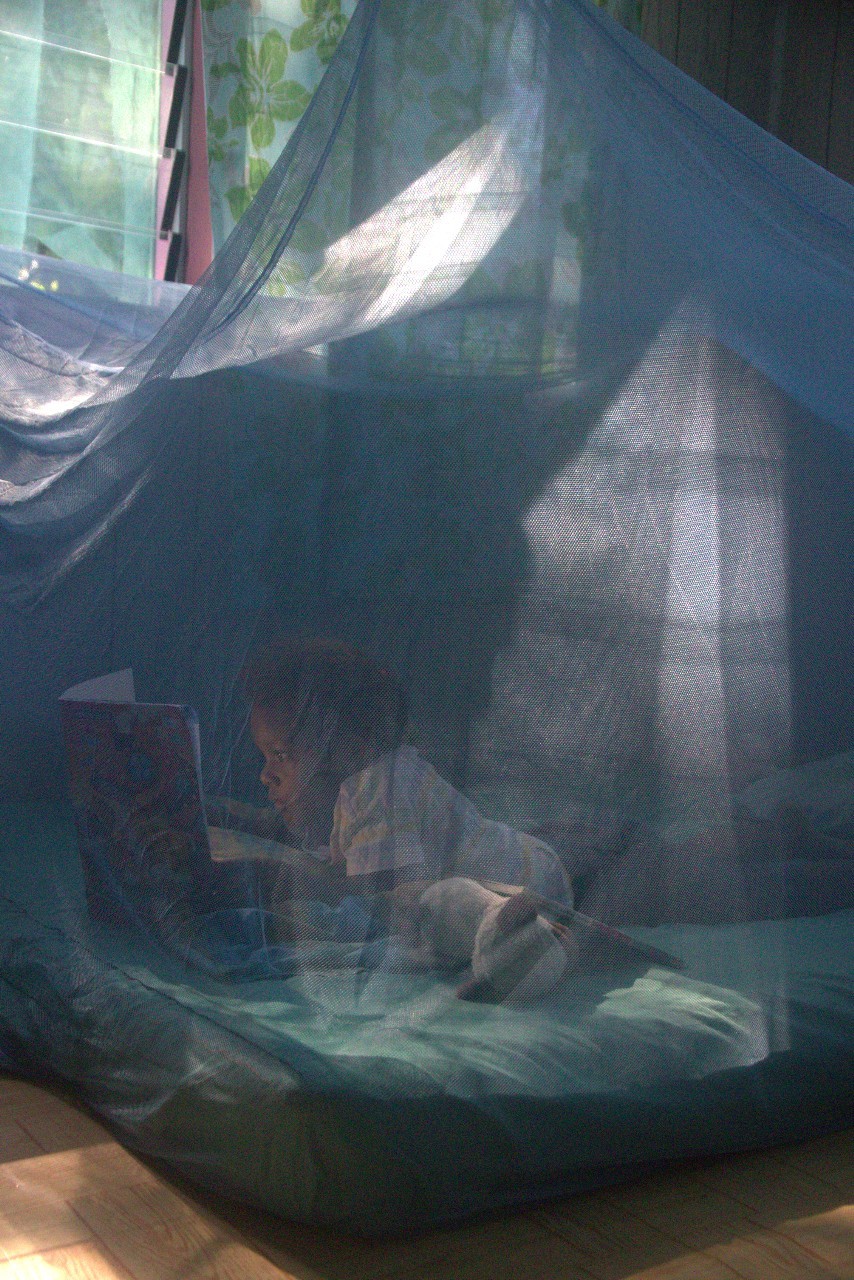
While Miriam’s experience was painful and eye-opening, it highlights the importance of awareness and support. She recalls a time when her family packed all their belongings into a corner of the room to allow the Malaria Team to carry out vector control measures in her home with indoor residual spraying. Bed nets were also provided to the family – vital for protection against malaria mosquitoes that favour the cooler more efficient night hours to find and feed on sleeping hosts.
Miriam believes that more of such proactive measures will make a greater impact, including community outreach by health workers to promote further awareness, community clean-up campaigns to clear stagnant water and overgrown bush areas, as well as island-to-island cooperation in eliminating malaria and addressing broader health issues across Solomon Islands.
“Solomon Islands is a peaceful place, despite its challenges,” shares Miriam. “There are vast oceans, rainforests and rich culture around us. There is a strong sense of community where people share a profound respect for both family and land, and traditional ways of life are still practiced today.”
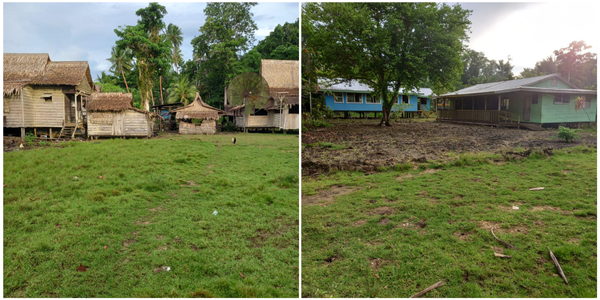
While life in Solomon Islands has its joys, Miriam points out several persisting challenges, from limited access to healthcare in rural areas to inconsistent electricity supply, and even lack of health education and the spread of misinformation, especially from myths shaped by traditional beliefs.
In her village, many people recognize fever, chills and fatigue as symptoms, and most know to seek care at health centers or hospitals. Yet malaria is often mistaken for dengue or the common flu, and some blame the symptoms on bad food or cold winds at night. Those living in remote communities are unable to access timely treatment and rely first on herbal remedies.
Early testing and treatment are critical as delays may risk death. She emphasises, “If we teach prevention early on, we can save lives later. I survived malaria not once, but twice – and that experience really opened my eyes. I hope for a future where no one in Solomon Islands suffers from a preventable disease.”
Besides the bridging the gaps of healthcare access, stronger prevention could make a lasting difference. Long-lasting insecticide-treated nets are key to preventing mosquitos from biting through the night, acting as a guard while one sleeps. Despite being widely distributed amongst the communities, Miriam shares how villagers continue to use these nets for other purposes, be it for soccer goal posts or green houses for plants.
To raise awareness, Miriam hopes to see health education begin in primary schools, and continue even when malaria appears to be under control, in order to prevent resurgence. She fears that communities may let their guard down in this critical period, especially when the effects of climate change are being felt – fostering breeding grounds for malaria and other mosquito-borne diseases.
Miriam’s story is one of many that call for the region’s continued vigilance, better health systems, and stronger community action to protect future generations from malaria and other preventable diseases.
She reflects deeply: “I dream of a better world where diseases like malaria no longer threaten lives, where even the most rural communities have access to reliable healthcare, clean water and vital information. I hope for a world where young girls in remote villages no longer risk their lives from a single mosquito bite, and where communities are empowered with local leader strained in early disease detection. Most of all, I dream of a time where every child can sleep safely without a mosquito net.”
.svg)


.jpg)
